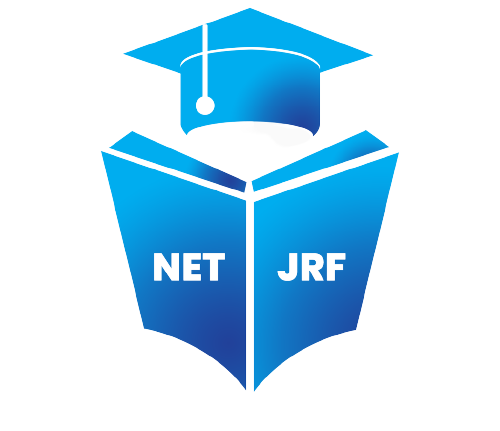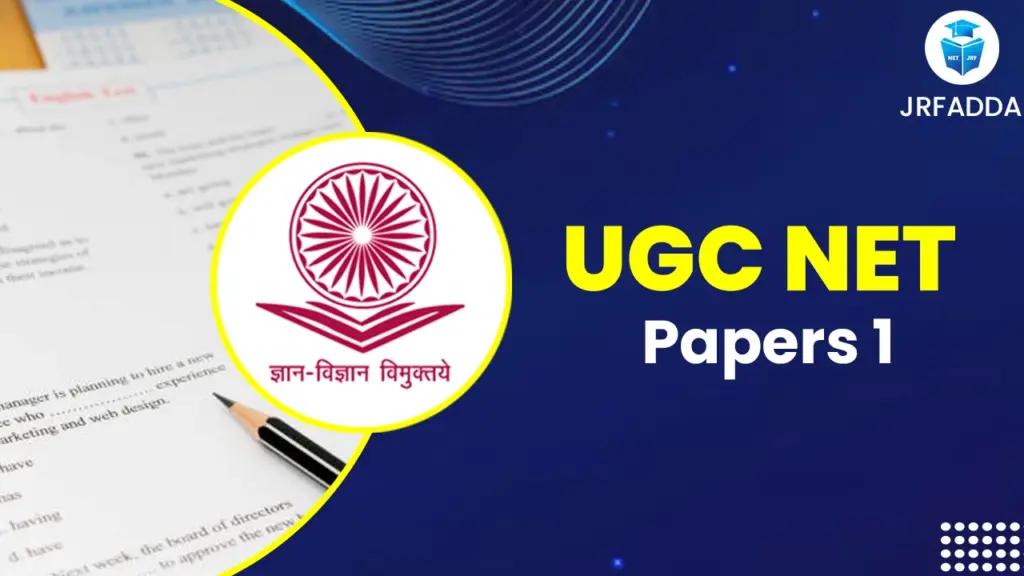The CSIR NET Syllabus 2025 is an essential guide for aspirants preparing for the Joint CSIR-UGC National Eligibility Test for Junior Research Fellowship (JRF) and Lectureship (LS). The Council of Scientific and Industrial Research (CSIR) will release the detailed syllabus for the June session in its official notification at csirnet.nta.ac.in. Candidates aiming to clear the exam must have a clear understanding of the subject-wise syllabus and the exam pattern to plan their preparation effectively.
This article provides a comprehensive breakdown of the CSIR NET syllabus subject wise, how to download the CSIR NET syllabus PDF, and important preparation strategies.
CSIR NET Exam Pattern 2025 Overview
The CSIR NET exam is conducted for five science subjects:
- Life Sciences
- Earth, Atmospheric, Ocean, and Planetary Sciences (Earth Sciences)
- Chemical Sciences
- Mathematical Sciences
- Physical Sciences
Each paper is structured similarly but contains questions relevant to the selected subject. The exam comprises three sections—Part A (General Aptitude), Part B (Subject-based), and Part C (Higher-order Subject-based).
CSIR NET 2025 Exam Pattern
| Section | Description | Questions | Marks | Negative Marking |
| Part A | General Aptitude – Common to all subjects | 20 (Attempt 15) | 30 | 25% |
| Part B | Subject-specific, moderate-level questions | Varies | 70 | 25% (33% for select parts) |
| Part C | Subject-specific, analytical and conceptual application-based questions | Varies | 100 | 25% to 33% |
- Mode of Exam: Computer-based (CBT)
- Duration: 3 hours (single sitting)
- Question Type: Multiple Choice Questions (MCQs)
CSIR NET Syllabus 2025: General Aptitude – Part A
The Part A section is common to all candidates, regardless of the subject they opt for. It focuses on general aptitude, including numerical ability, reasoning, and data interpretation skills.
Key Areas of Part A Syllabus:
- Reasoning Ability
- Series, Syllogisms, Blood Relations
- Coding-Decoding, Direction Sense
- Analogies, Statements & Arguments
- Non-verbal reasoning, Visual Patterns
- Quantitative Aptitude
- Simplification, Number System
- Algebra, Percentages, Ratio & Proportion
- Time, Speed, Work
- Profit & Loss, Simple & Compound Interest
- Data Interpretation and Graphical Analysis
- Mean, Median, Mode
- Bar Graphs, Pie Charts, Line Graphs
- Tables and Tabular Interpretation
| Download CSIR NET Syllabus PDF |
CSIR NET Syllabus 2025 Subject-Wise (Parts B & C)
Part B and Part C vary according to the selected subject. Part B includes conventional subject questions, while Part C focuses on higher-order problem-solving and analytical questions.
Subject-wise Focus Areas of CSIR NET 2025
| Subject | Core Topics (Parts B & C) |
| Life Sciences | Cell Biology, Physiology, Ecology, Developmental Biology, Genetics, Evolution, Molecular Biology |
| Earth Sciences | Geology, Oceanography, Paleontology, Environmental Earth Science, Tectonics, Meteorology |
| Chemical Sciences | Inorganic, Organic, Physical Chemistry, Catalysis, Nanoscience, Green Chemistry, Medicinal Chemistry |
| Mathematical Sciences | Algebra, Calculus, Linear Algebra, Differential Equations, Numerical Analysis, Statistics |
| Physical Sciences | Classical Mechanics, Quantum Physics, Thermodynamics, Electromagnetism, Electronics, Mathematical Physics |
CSIR NET Syllabus Subject Wise
1. Life Sciences
- Molecules and Their Interaction Relevant to Biology
- Cellular Organization
- Fundamental Biological Processes
- Cell Signaling and Communication
- Developmental Biology
- Plant and Animal Physiology
- Inheritance Biology and Genetic Principles
- Ecology, Biodiversity, and Evolution
- Methods in Biology and Applied Biology
2. Earth Sciences
- The Earth and Solar System
- Earth Materials and Internal Processes
- Tectonics and Deformation
- Oceanography and Atmospheric Sciences
- Environmental Earth Sciences
- Geology (Mineralogy, Petrology, Stratigraphy, Marine Geology)
- Geochemistry, Economic and Applied Geology
- Meteorology, Ocean Sciences, Geophysics
3. Chemical Sciences
- Inorganic Chemistry (Structure, Bonding, Coordination Compounds)
- Organic Chemistry (Mechanisms, Stereochemistry, Biomolecules)
- Physical Chemistry (Thermodynamics, Electrochemistry, Quantum Chemistry)
- Catalysis and Green Chemistry
- Chemistry in Nanoscience and Technology
- Environmental Chemistry, Medicinal Chemistry
4. Mathematical Sciences
- Algebra and Linear Algebra
- Analysis and Complex Analysis
- Differential Equations (ODEs and PDEs)
- Numerical Methods
- Statistics and Probability
- Calculus of Variations
- Classical Mechanics
5. Physical Sciences
- Mathematical Methods of Physics
- Classical Mechanics
- Electromagnetic Theory
- Quantum Mechanics
- Thermodynamics and Statistical Physics
- Electronics and Experimental Physics Techniques
How to Download CSIR NET Syllabus PDF 2025
Follow the steps below to download the official syllabus:
- Visit the CSIR NET official website at csirnet.nta.ac.in.
- Click on the link titled ‘Information Bulletin’ or ‘Syllabus 2025’.
- Download the CSIR NET Syllabus PDF for your respective subject.
- Save it for reference and print if necessary for offline use.
Preparation Tips for CSIR NET 2025
- Understand the Full Syllabus: Stick to the official CSIR NET syllabus 2025 PDF. Avoid out-of-scope study material.
- Organize by Subject and Topic: Use the CSIR NET syllabus subject wise to divide and plan your study schedule.
- Use Standard Textbooks and Notes: Refer to CSIR-recommended books and NCERTs wherever applicable.
- Practice Previous Year Papers: Analyze patterns and types of questions commonly asked.
- Take Mock Tests Regularly: Simulate exam conditions and track your improvement.
- Revise Frequently: Revisit key formulas, concepts, and diagrams before the exam.
Conclusion
The CSIR NET Syllabus 2025 is the foundation upon which successful exam preparation is built. Whether you are appearing for Life Sciences, Physical Sciences, or any other subject, understanding the syllabus subject-wise helps you focus on relevant topics and avoid unnecessary distractions.
Download the official CSIR NET Syllabus PDF, stay updated with the exam pattern, and begin your preparation with a well-structured plan. With consistency, clarity, and commitment, qualifying the CSIR NET 2025 exam is entirely achievable.
CSIR NET Syllabus FAQs
What is the official website to access the CSIR NET syllabus PDF?
You can access and download the CSIR NET syllabus PDF from the official NTA CSIR website: csirnet.nta.ac.in.
Is the syllabus for CSIR NET the same for JRF and Lectureship?
Yes, the syllabus remains the same for both Junior Research Fellowship (JRF) and Lectureship (LS). The difference lies only in the qualifying cutoffs.
How much weightage does Part A carry in the CSIR NET exam?
Part A carries 30 marks out of 200. It consists of 20 general aptitude questions, of which 15 must be answered.
Is there any negative marking in the CSIR NET 2025 exam?
Yes, there is negative marking. Generally, 25% is deducted for incorrect answers. For certain subjects like Earth Sciences, Part C has a 33% negative marking.
How should I prepare for the CSIR NET subject-wise syllabus?
Start with a thorough review of the syllabus, break it down into manageable sections, and use standard reference books. Combine your preparation with mock tests, practice papers, and regular revisions.














